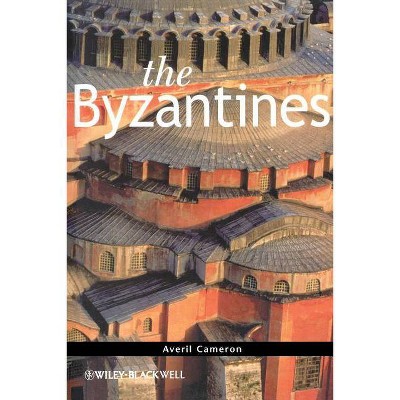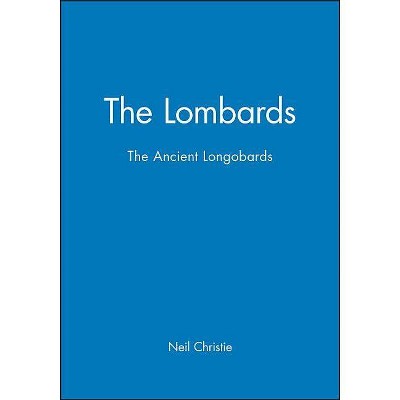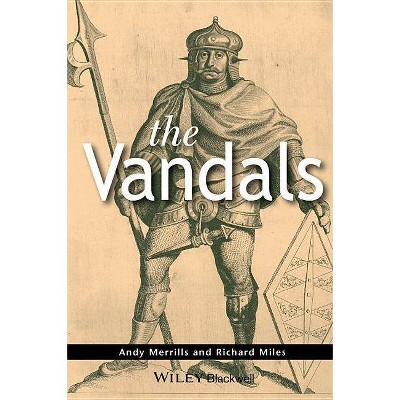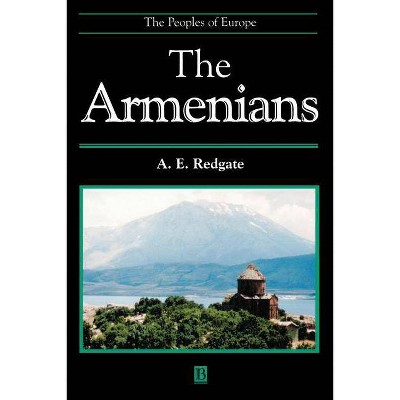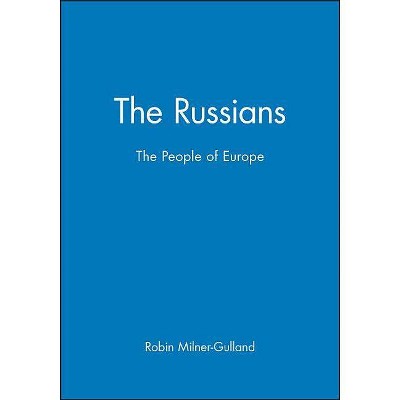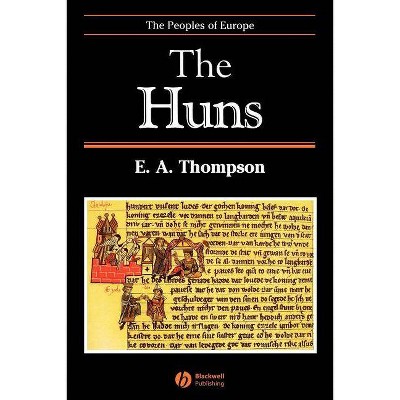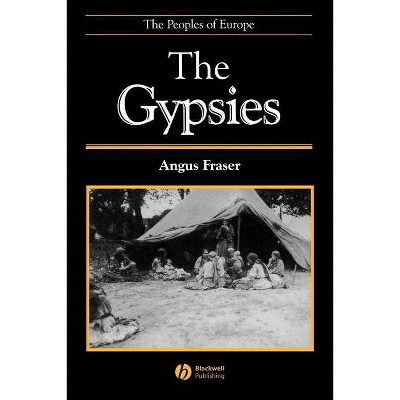Etruscans - (Peoples of Europe) by Barker & Rasmussen (Paperback)
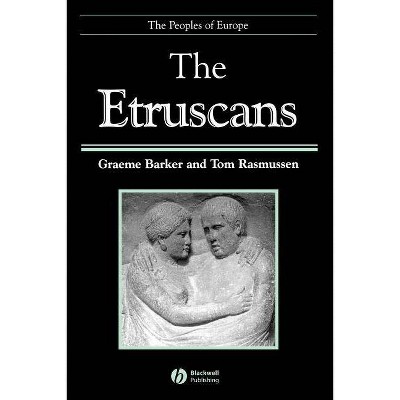
Similar Products
Products of same category from the store
AllProduct info
<p/><br></br><p><b> Book Synopsis </b></p></br></br>The Etruscans were the creators of one of the most highly developed cultures of the pre-Roman Mediterranean.<p/><br></br><p><b> From the Back Cover </b></p></br></br>The Etruscans are one of history's extraordinary casualties. For many centuries they flourished exuberantly in central Italy, only to be completely absorbed into the growing Roman state. Their power, at its height, extended well beyond their borders: they were known and feared by Romans and Greeks alike. Their arresting visual culture was second to none in the peninsula, embracing complex funerary and domestic architecture, tomb-painting, narrative art, and jewellery of great luxury and refinement. Their cities grew to notable size and sophistication.<br /> <p>But they wrote no connected account of themselves that survives, and so this book focuses on three types of evidence for reconstructing Roman society: the extremely rich archaeological data, the accounts of Greek and Roman writers, and the inscriptions on Etruscan monuments.<br /> </p> <p>Until recently there has been little effort to relate the Etruscans to ancient Mediterranean society as a whole or to the physical landscape that sustained them. This book attempts both. Included are some of the more recent findings from landscape archaeology which help to explain in what kinds of settlement the Etruscans lived, how densely the land was peopled, and how the landscape was organized for agriculture.<br /> </p> <p>This approach is balanced by sections on material and visual culture, where the focus is on interpretation within the specific context and setting, and even here the landscape is never far from view. The landscape, ancient and modern, figures too in what is one of the book's unique features: a description of more than sixty sites and a listing of some thirty-five local museums in a format that is both analytical and practical.</p><p/><br></br><p><b> Review Quotes </b></p></br></br><br>Written with scholarly precision but without condescension <i>The Etruscans</i> deserves to be on the shelves of all those who want an up-to-date overview of the subject. <i>History Today, Volume 48, Sept 98</i>.<br /> <p>As well as offering new approaches and interpretations the book presents the reader with concise summaries of, often highly contentious, recent debates. <i>Vedia Izzet, Christ's College, Cambridge</i>.<br /> </p> <p>In an impressively comprehensive book, they weave together material from a wealth of sources, classical literature, land surveys and excavation - their text providing a lesson in itself in how to recreate ancient history. <i>History Today.</i></p><br><p/><br></br><p><b> About the Author </b></p></br></br><b>Graeme Barker</b> is Professor of Archaeology and Head of the School of Archaeological Studies at the University of Leicester. He was previously Lecturer and then Senior Lecturer at the University of Sheffield and Director of the British School at Rome.<br /> <p><b>Tom Rasmussen</b> is Senior Lecturer in the department of Art History and Archaeology at the University of Manchester. He has been a fellow of the British Institute of Archaeology at Ankara.</p>
Price History
Cheapest price in the interval: 59.99 on October 27, 2021
Most expensive price in the interval: 59.99 on November 8, 2021
Price Archive shows prices from various stores, lets you see history and find the cheapest. There is no actual sale on the website. For all support, inquiry and suggestion messages communication@pricearchive.us
